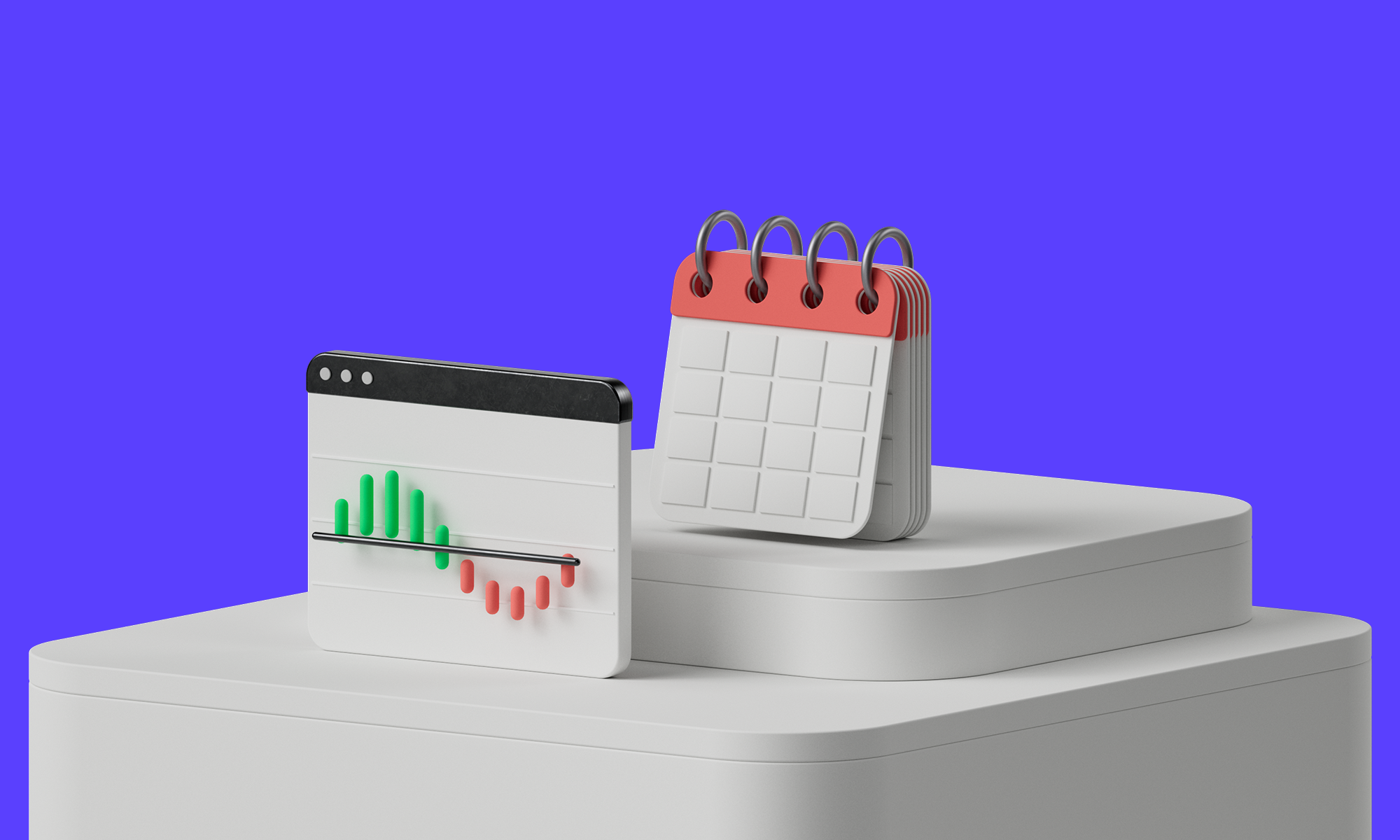If you’ve been investing for a while, you might have already experienced times of high volatility, but if you’ve just started investing, this might be your first time.
In any case, high or extreme volatility, choppy price movements and sudden changes in the market can be very stressful and fearsome for any investor, experienced or not. This is because emotions and investing tend to go hand in hand.
So if you find yourself wondering what will or may happen to your investments in times like these, don’t worry, it’s natural. However, if you act on the spur of the moment without assessing your feelings rationally, you run the risk of making rushed decisions that you might regret further down the road.
Something that helped us and might help you too in this phase of extreme market volatility is a very simple realisation: it isn’t the first time this has happened. Because of this, many experts, economists and investors in the past have already tried to devise methods and approaches to reduce or at the very least attenuate the effects of a highly volatile market on investments. Some of these methods and approaches proved themselves to be beneficial or effective over the years and are still in use to the present day.
We went through five tried and trusted approaches to ease your ride in times of high volatility and today we’re answering three of your questions around an approach to investing that was born to try and ease the effect of a volatile market: cost averaging.
1. What is cost averaging?
The term cost averaging was used for the first time as “dollar cost averaging” by the economist Benjamin Graham in his book “The Intelligent Investor” in 1949.
In a nutshell, cost averaging is an approach to investments that entails investing fixed amounts of money on an asset regularly - i.e. weekly, biweekly, monthly - over a long period of time. You can look at it as the opposite of investing a large sum of money in an asset all at once while market conditions are favourable.
The ultimate goal of cost averaging is lowering the average cost of the units of the asset you buy over time.
Keep in mind that this approach is based on the idea that the asset you’re investing in will grow in value. Therefore, it is paramount that you educate yourself and really do your research before investing in a project - though this applies to cost averaging and everything else in investing.
As opposed to market timing and other investment strategies that would require you to closely monitor market conditions and developments, with cost averaging you just need to decide what you want to invest in, how much and at what interval.
2. What has cost averaging to do with volatility?
The main goal of this popular investment strategy is easing the effects of price volatility on your investments.
Though it is not possible to predict the market or to know what will happen in the future (otherwise we all would’ve bought Bitcoin back in 2011, right?) cost averaging is designed to reduce the average cost of the units of asset you buy over time, therefore limiting the effects that a volatile market might have on the average cost in question.
Let’s see a practical example of how cost averaging works and its effect on the average price per unit of your asset:

If you’re regularly investing in an asset, you’ll likely go through dips and peaks. By staying disciplined and investing regularly, you will get more of the asset when its market price is down and less when its market price is up. The longer you adopt a cost averaging approach, the smaller the impact of short-term price swings on your investment might be.
3. What are the pros and cons of cost averaging?
Not every approach is suitable for everyone’s investment needs and cost averaging is no exception. Before deciding whether or not this approach might work for you, consider its pros and cons:
Pro: Cost averaging is affordable
Some investors opt for investment approaches that might require them to invest a large amount of money in an asset when the price is down, hoping to get high returns quickly. However, having lump sums of money ready to be invested is not feasible for everyone.
Cost averaging doesn’t require high amounts but is designed to work with smaller and regular investments. This is also why cost averaging is considered more suitable for beginners or for investors that can’t invest lump sums at once or aren’t comfortable with investing a high amount at once.
Pro: Cost averaging can help you save time
Since cost averaging is meant to minimise volatility in the long term, by adopting this approach, you won’t need to constantly check the market looking for the right time to invest. Instead of timing the markets, all you need to do is decide which assets you want to invest in, which amount and how often.
Pro: Cost averaging reduces emotional investing
When you decide to stick to a consistent, long-term investing schedule rather than having a lump sum ready to be invested at the right time, you won’t need to stress about unfavourable market conditions and market instability too much. When you have a long-term goal, times of extreme volatility might just turn out to be temporary setbacks.
In this sense, cost averaging might help remove the emotional component from your decision making. However, this only applies if you believe the value of the asset you invested in will eventually rise.
Con: More transactions could mean more fees
When you invest through a broker, fees are part of the deal. Investing a lump sum at once might cost you less in fees than multiple payments over time.
Con: A lump sum at the right time might generate more returns
There is always a chance that investing a lump sum at the right time might earn you more money than a regular investment schedule. If you consider the image above, you can easily see how investing €600 in May would buy you more units than spreading out the same amount in six months.
In conclusion
Cost averaging may be a suitable option for investors that would rather keep their eyes and minds off of the market when times are tough, for investors with long-term goals, for investors that can dedicate small amounts of money to investing or for investors that share all of the above.
Everyone is different. It’s important to keep in mind that not every investing approach is suitable for everyone’s goals and risk tolerance, cost averaging is no exception. Educating yourself will allow you to make well-informed decisions and tailor your investment strategy to your specific needs and goals.
Regardless of what investment strategy you choose, you should never invest more than you can lose.
Invest automatically with Bitpanda Savings
Do you like the idea of investing automatically without having to check the market all the time?
With Bitpanda Savings, you can automatically invest in cryptocurrencies, stocks*, ETFs*, crypto indices and precious metals, stress-free and without the need to time the market. Set up weekly, biweekly or monthly payments from just €25 on our app for iOS and Android or on our web app and start investing in just a few clicks.
Disclaimer
The information shared in this article does not constitute investment advice. Investing carries risks. Make sure to conduct your own research before concluding a transaction. *Bitpanda Stocks are contracts replicating an underlying asset (a stock or ETF) and are brought to you by Bitpanda Financial Services GmbH. More information about the product and the prospectus are available at bitpanda.com.










